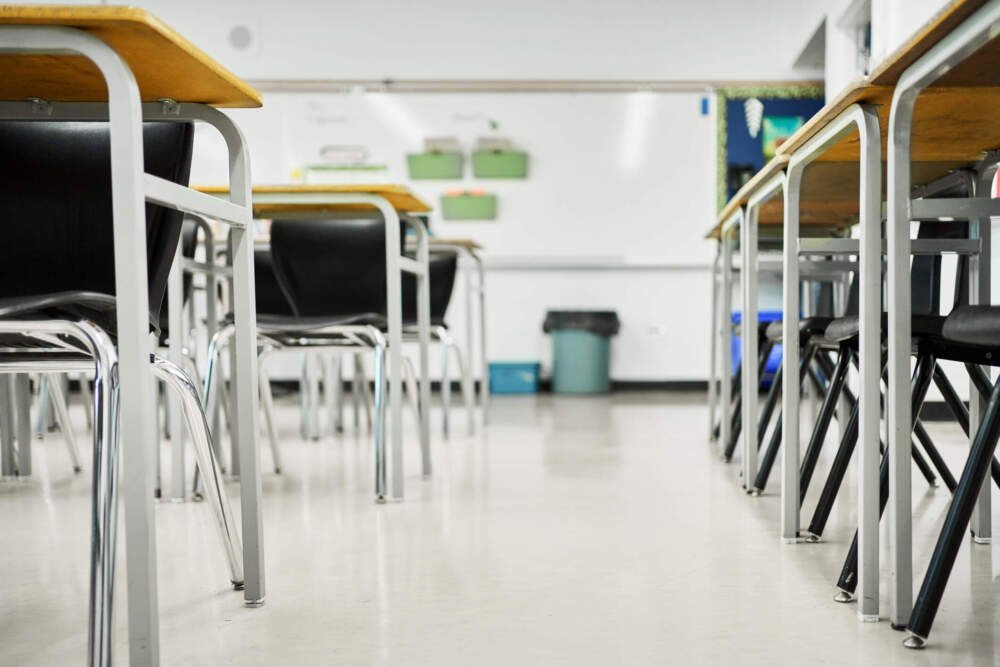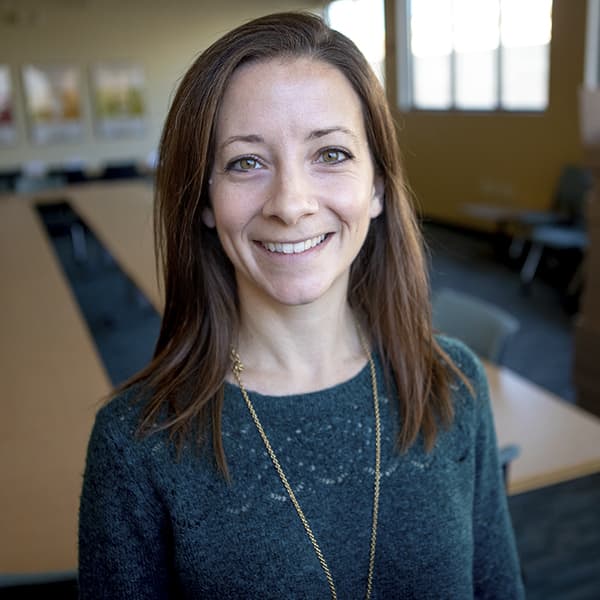Advertisement
Report notes segregation patterns in Massachusetts schools

According to a new report from a state education advisory board, 60% of public school students in Massachusetts attend a racially segregated school. And of the quarter of students who attend a segregated non-white school — or more than 225,000 students statewide — the majority are Black and Latino kids.
The analysis by the Massachusetts Racial Imbalance Advisory Council based on state data from 2024 also found that students who attend "intensely segregated" schools, where more than 90% or more of students are non-white, performed worse when it came to high school graduation and college-going rates, math and English Language Arts testing and SAT scores.
"Looking at that research shows us it ain't the kids," said Raul Fernandez, a council member and senior lecturer of educational leadership and policy at Boston University's Wheelock College of Education & Human Development. "It's the system around them, it's the schools that they're placed in, it's the lack of resources and also the real lack of attention to their circumstances."
The report defines a racially segregated school as one that enrolls 71% or more of a single racial group. It divides its findings between schools that are "segregated white" and "segregated non-white." Most of the segregated non-white schools are clustered in Boston and other large cities like Springfield, Worcester, Brockton, Lawrence and Lowell, according to the report.
The report highlights several gaps in student achievement between the most segregated of the schools. There is a 20 percentage point gap in high school graduation rate: 93% among schools where most kids are white versus 72% where most kids are kids of color. The college-going rate also has a wide disparity: 71% for mostly white schools versus 47% for mostly non-white schools and nearly four times as many middle school suspensions in mostly non-white schools versus mostly white schools.
Meanwhile, the council's analysis showed that 46% of students who attended racially diverse schools — defined as no higher than 70% of one race and where at least 25% of kids are white — earned a passing or proficient score last year on the fifth grade math section of the state standardized test or MCAS. The proficiency rate among students at segregated non-white schools was about 27%.
"In terms of the research findings, I was struck by the considerable and persistent harm that is done in our communities across the state as a result of segregation," said Matt Brunell, an RIAC member and the co executive director of the Springfield Empowerment Zone Partnership.
The report's release comes close to the 50th anniversary of the June 21, 1974 federal court decision that found Boston Public Schools to be unconstitutionally segregated. In his ruling, Judge Arthur Garrity ordered the district to implement a mandatory busing plan to racially balance schools that had majority Black and majority white enrollments at the time.
Fernandez and Brunell insist that the purpose of the council's analysis is not to endorse similar busing efforts in present day. They say the message they hope the report gets across is that segregation in Massachusetts public schools goes beyond just Boston. It is a statewide issue that every school and district needs to work toward solving through solutions like inter-district school choice and public policies that ensure every school can offer high-quality teaching and learning environments, they added.
"Kids and their families should be able to make a decision about where they want to be and expect excellent outcomes wherever that is," Fernandez said. "It shouldn't be on the preponderance of white or non-white at any given school."
Fernandez argues that the Massachusetts Department of Elementary and Secondary Education should be doing more to encourage more integrated enrollment patterns among school districts, like notifying schools and districts when they're out of compliance with the Racial Imbalance Act of 1965 and supporting school systems engaged in racial integration efforts.
Advertisement
Council members also urge the Massachusetts legislature to create a commission to study the root causes of racial segregation in housing and in state schools. The group is also recommending that Massachusetts dramatically expand the METCO program, a voluntary program where Boston students attend schools in participating suburban districts. The research team found that METCO students were less likely to be suspended and had higher test scores and better school attendance rates, compared with traditional BPS students.
In all, the council listed 18 different recommendations for state officials to improve school integration efforts.
In a written statement in response to the report, Massachusetts Secretary of Education Patrick Tutwiler said the Healey administration "is committed to ensuring that all students receive a high-quality education in inclusive learning environments."
